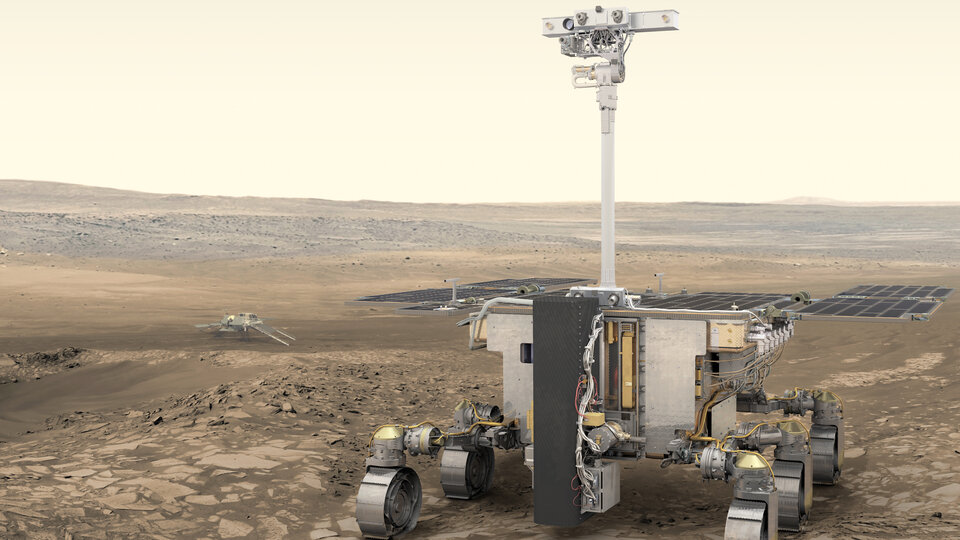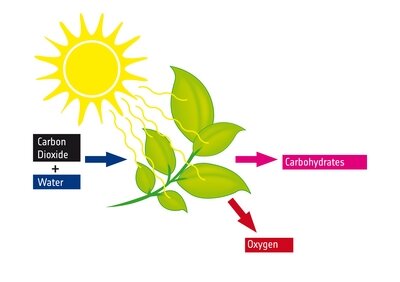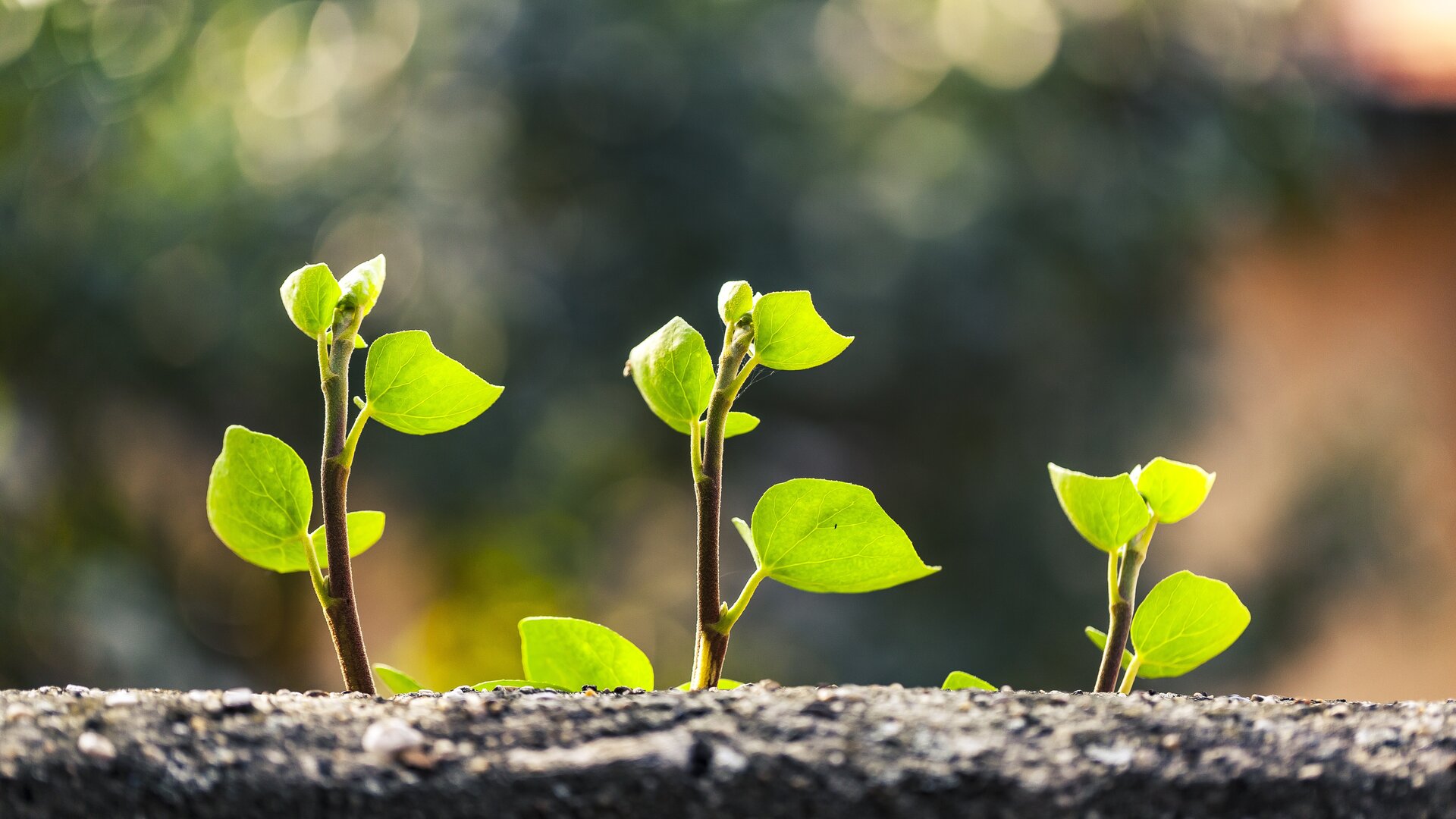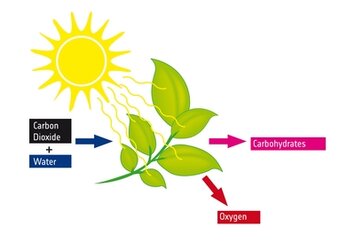Recreating photosynthesis for unlimited hydrogen energy
"I believe that water will one day be employed as fuel, that hydrogen and oxygen which constitute it, used singly or together, will furnish an inexhaustible source of heat and light, of an intensity of which coal is not capable." – Jules Verne, The Mysterious Island (1874).
We have come a long way since science fiction writer Jules Verne wrote this visionary sentence, but hydrogen has still not emerged as a major source of energy. ESA is setting out to change this through the latest Open Space Innovation Platform (OSIP) call for ideas.
Not only are fossil fuels a limited resource, when burned they also pollute the air with greenhouse gases that warm up our planet. In recent years, we have increased our use of renewable energy – from sunlight, wind and waves, for example – but the machines that generate energy from these sources are made from rare materials that we must dig ever deeper underground to find.

"The non-renewable materials required to make technologies for renewable energy are becoming ever rarer and more expensive," explains ESA Systems Engineer Jean-Christophe Berton, who is leading the hunt for ideas. "We need something smaller, simpler and more environmentally, economically and socially sustainable."
Our solution could be found in nature.
"Across billions of years, nature has been making quite impressive evolutions, and humans have been mimicking these in their modern-day technologies," continues Jean-Christophe.
When they photosynthesise, plants use sunlight to break apart water into hydrogen and oxygen, and then combine the resulting hydrogen with carbon dioxide from the air to create carbohydrates. Recreating this process could provide us with a sustainable source of hydrogen to use for energy on Earth, or hydrocarbons that we could use to power spacecraft on other planets.

An engine that burns pure hydrogen emits only water, but unfortunately the gas does not occur naturally on Earth. Right now, hydrogen is usually extracted from natural gas, oil, or coal, but 'artificial photosynthesis' could enable us to produce it in a more environmentally friendly manner.
"People have been working on artificial photosynthesis for a long time. The process works, but it is currently neither efficient nor economically viable. We hope to challenge that with this OSIP call for ideas; we are aiming to bring together a community of experts that can boost the emergence of hydrogen as a practical, sustainable and inexhaustible source of energy and simultaneously contribute to combatting global warming by removing carbon dioxide from the atmosphere."
Based on the ideas, ESA hopes to create a roadmap that will take hydrogen power to the point where it can be useful for a vast range of space and terrestrial applications.

Because it could provide local and independent energy at remote sites, hydrogen could power ESA's ground stations and enable onsite energy production for exploring other planets. It could also help us meet the increasing energy needs of radars, telescopes and ground segments that form part of ESA's space missions.
OSIP is ESA's platform for discovering ideas to address space-related challenges. Find out more about this call for ideas and submit your own idea on the dedicated OSIP page by 31 January. Ideas will be reviewed by a team of experts and the most novel will be offered support for further development.





